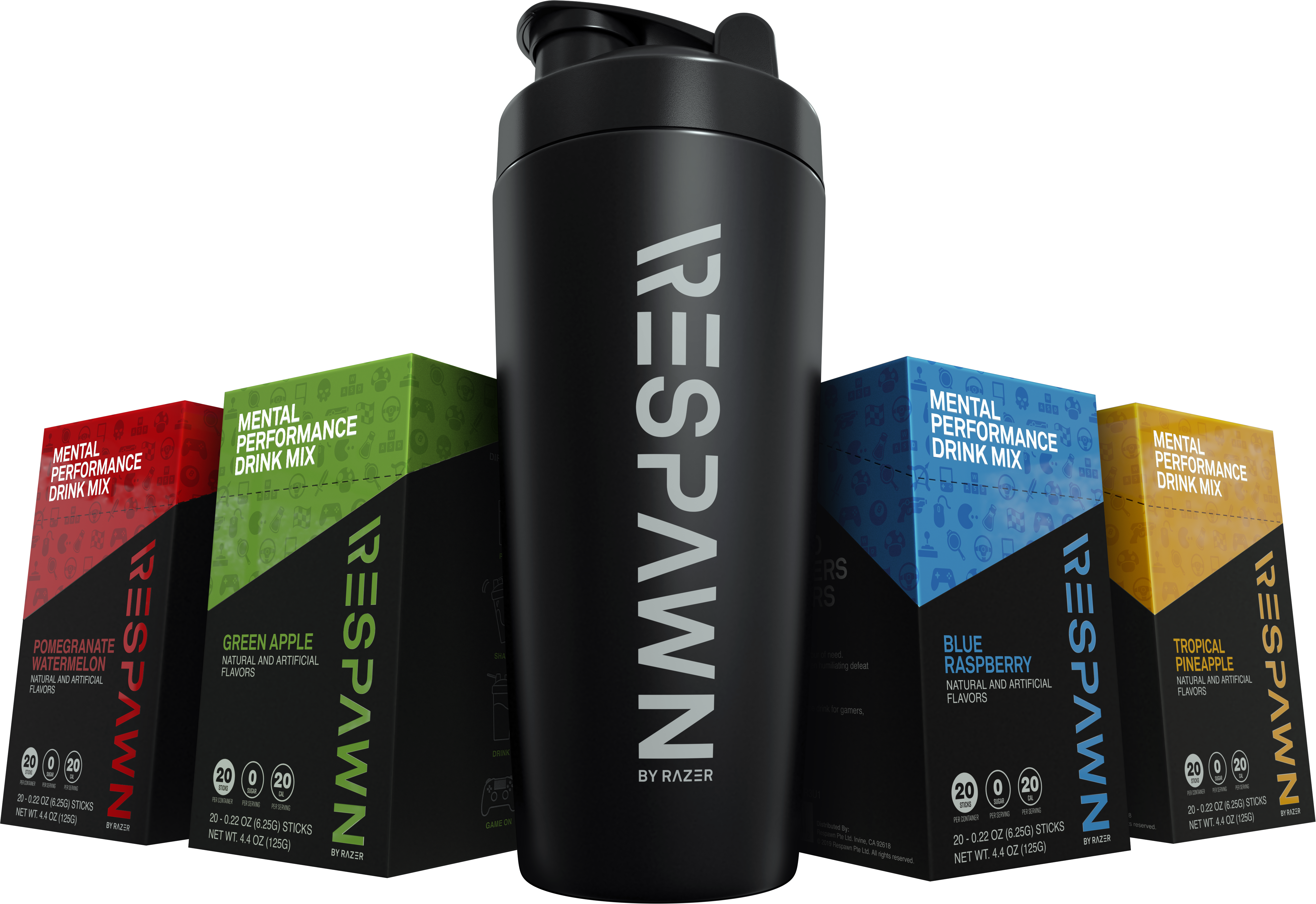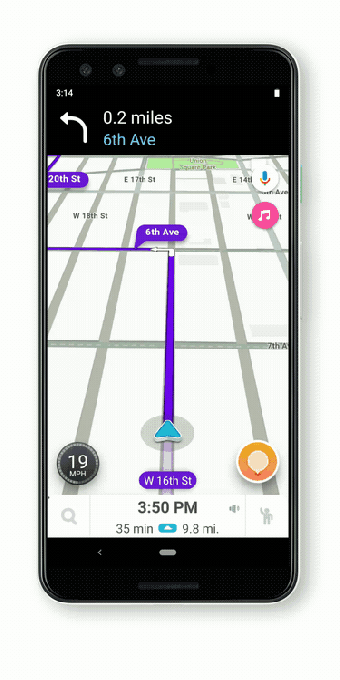The 2019 Audi Q8 is the shape of the future. It’s beautiful as it successfully merges the look of a sports sedan with the shape of an SUV. It has flowing lines, crisp angles and just the right look on and off the road. Inside, it’s comfortable though a bit smaller than the name suggests. And under the hood, Audi paired a capable V6 engine with a 48-volt battery, creating a mild-hybrid setup that supposedly helps with fuel economy.
Yet after spending a lot of time in the Q8, I found it backwards. Most crossovers provide the comfort of a sedan with the utility of an SUV. This one has the rough comfort of an SUV with the limited utility of a sedan. Worse yet, driving the Q8 around town can be a frustrating experience.
I spent a couple of weeks in the new Q8 on a road trip from Detroit through Canada to New York City. I took it over the countryside, around hilly passes, and through four of the five boroughs. My kids spilled Cheetos in the back. I lived in this car for thousands of miles. This experience is different from most vehicles reviews. Most car reviews are penned after a few hundred miles in the car, which can often lead to milquetoast conclusions. Not this time.
I don’t like the Q8. The bad outweighs the good. The stunted driving characteristics ruin the otherwise gorgeous vehicle.
[gallery ids="1839614,1839618,1839616,1839617,1839613,1839615"]
Review
The sedan is bleeding out, and the crossover is holding the knife. Consumers are overwhelming, picking these quasi-SUVs over sedans or sport utility vehicles. There’s a good reason, too. Crossovers often provide the supple ride quality of a sedan with the utility of an SUV. I’m sorry to report the Q8 does the opposite. It has the rough ride of an SUV and the limited utility of a sedan.
The Q8 has a puzzling powertrain. It doesn’t like to go forward. Several times throughout my time with the Q8, I nearly got into an accident because of the timing of the transmission. It often left me hanging in the middle of the road while it took its time to translate the engine’s instructions to the tires. I was honked at constantly while in NYC.
A turbocharged 3.0-liter V6 rests under the hood, and Audi says it’s good for 335 HP and 369 pound-foot of torque. The Q8 is not underpowered, and it sports a version of ZF’s ubiquitous 8-speed transmission. The Audi Q8 is one of the first internal combustion vehicles to be paired with a 48-volt mild hybrid system. This is said to help improve fuel economy by relegating acceleration to a mild hybrid setup, and this could prove to be the cause of my frustration.
Whoever’s to blame, in real life, the transmission feels like it doesn’t use the first and second gear. There’s a second or two hesitation between the time the pedal is engaged until the car decides to move forward. Once underway, the Q8 is a lovely expressway cruiser with plenty of power to overtake meandering sedans. At speed, it’s comfortable and confident. At a standstill, it’s hesitant and frustrating.
I’m not alone in this frustration. Car and Driver says the Q8 is “it felt hesitant around town unless we crushed the gas pedal.” Motor1 says, “At times [the transmission is] clunky, particularly when accelerating…” Motor Trend stated, “We noted, however, a longish delay in the delivery of torque after you give it some beans.”
Audi built the Q8 as a multipurpose utility vehicle and equipped it with several driving modes, including Dynamic, which lowers the vehicle and supposedly changes the transmission response. Select Off Road or All Road, and the Q8 raises a few inches, providing better ground clearance. This is handy on Michigan roads where post-winter potholes are the size of bathtubs.
These driving modes give the Q8 added utility and foreshadow a future where cars better adapt to their driver’s needs. Audi has offered similar features for years but not to this extreme. The Sport mode drops the Q8 to the ground while the Off-Road mode raises the Q8 to a level where it could tackle serious terrain.
Sadly, the adjustable modes did not address the lackluster powertrain. Even in Sport mode, the Q8’s transmission was sluggish.
At least the Q8 is comfortable.
The interior of the Q8 is lovely and features Audi’s new dual-touchscreen infotainment center. I love it. Audi long had the best user interface in the industry. This one is entirely different and even better.
There are two touchscreens in the middle of the Q8. The one on the top handles media, mapping, and vehicle settings. The one on the bottom is for climate control. Both feature fantastic haptic feedback. Hit a button on the screen, and a slight vibration makes it feel like you touched a real button.
To me, this dual screen setup is a better solution than a giant screen like Tesla or Ram uses in their vehicles. In Audi’s solution, both are tilted to provide easy access, and there’s less of a learning curve. The setup follows the general button placement found in cars for the last few decades. Climate is always on and always on the bottom. The radio and mapping screen is on the top and can be turned off to reduce distractions.
A screen lives behind the steering wheel, too, and sports a similar layout to Audi’s current system. The driver can easily switch between information screens with the speedo and tach on either side. Hit a button on the steering wheel, and the gauges reduce in size while the map increases. It’s a handy feature.
The Q8’s seats are fantastic and nearly make up for the lackluster driving capabilities. They’re firm yet forgiving with endless adjustments. The seats, with their built-in massagers, made the boring Ohio turnpike a bearable experience.
The Q8’s interior space is not as ample as I expected and I think it has to do with the naming scheme. The Q8 joins the small Q5 and seven-seater Q7 in Audi’s lineup. The name suggests the Q8 is larger than the Q7 in the same way that the Audi sedan A8 is larger than the A7. But it’s not. The Q8 is a five-passenger vehicle with less cargo room available than the Q7.
I was able to get three suitcases and a couple of backpacks in the back. The lack of storage space is evident throughout the cabin. The center console is only two smartphone’s deep. There isn’t a spot for sunglasses. Two adults could sit in the backseat, but I would fight for the front.
Again, the Q8 is comfortable, and a nice size, but the name suggests a larger vehicle.
Like it or not, the Q8 is the shape of the future. Its sheet metal conveys a sense of on or off-road sportiness. The Q8 is designed around the driver, too, and the Q8 could be a fantastic package. It looks beautiful inside and out; I love the shape and form of the Q8. It’s stunning and comfortable to sit in. I don’t like how the Q8 drives.





